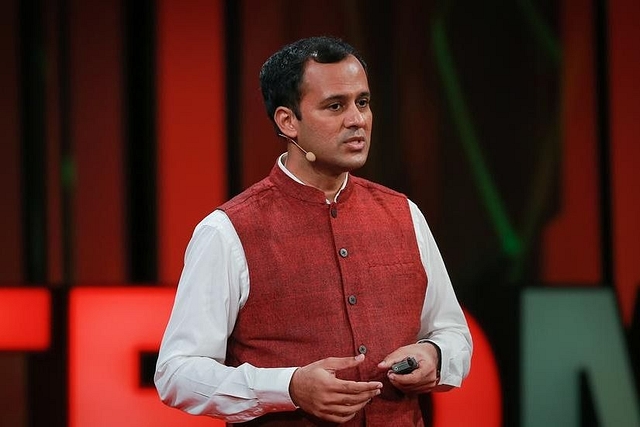
Is India Staring At More Than 200 Million Coronavirus Infections? Dr Laxminarayan’s Conclusions In BBC Interview Are Questionable
Dr Laxminarayan referred to the conclusion of mathematical models in the case of US and UK, and using simple cross multiplication, applied them to India.
There is also a question of priority — whether we give attention to the small measures — personal hygiene, self-quarantine, diagnostic kits, PPE, medical supplies, or to the “bigger fish” of managing the public health registry for disease modelling and surveillance.
It is likely that the government will be pressured to focus on the latter, because, as a famous researcher said regarding the lopsided world of academia, “they are the research, we are the data”.
The comments by Dr Ramanan Laxminarayan, director of the Center for Disease Dynamics, Economics and Policy, a Washington-based institute, that India could soon be dealing with a 'tsunami' of coronavirus cases, has predictably raised alarm.
Dr Laxminarayan, who has been ubiquitous in various media platforms in India ever since the epidemic outbreak, recently told BBC that based on the mathematical models applied in the US or UK, India could be dealing with about 300 million cases, of which about 4 million to 5 million could be severe.
How Accurate Are These Estimates?
There are some challenges.
First, in the interview, Dr Laxminarayan didn’t refer to conclusions from mathematical models applied on the Indian situation. He referred to the conclusion of those models in the case of US and UK, and using simple cross multiplication, applied them to the Indian numbers.
For example, if US estimates around 60 per cent of its population to be affected, India’s 60 per cent population could be affected, which means 0.6 multiplied by 1.2 billion, that is, close to 700 million people.
He, similarly, said that since UK assumed a factor of 12 in under-reporting, then Indian under-reporting would be close to 12, and that multiplied by the number of current cases, say 150, gives around 1,900 cases.
Secondly, without the details of these models being available, it is highly questionable whether they incorporate India-specific factors — for instance the cultural factors like handshake, climatic factors like higher temperature, demographic factors like population density, etc.
A mathematical model factoring in India-specific conditions would provide a clearer picture.
Beware Of The ‘Big Fish’
Professor Venkatesh Balasubramanian of IIT Madras raises some questions regarding Laxminarayan’s conclusions:
1) Things that he says aren’t off the mark, mostly. The part that is missing the mark is when he doesn’t inform that his model doesn’t factor in behavioural change impact and treatment availability. I’d guess that these factors will have a dampening effect on the model. But what will the damping function is the million rupee question.
2) He is missing the point on the Second World War comparison that Prime Minister Narendra Modi made in his speech. That comparison was for the number of nations 'touched' by the perturbation.
3) He says that in most people infected by the virus, it will be like a flu, with no serious impact. That is what is the current hypothesis too. Testing is advocated on day eight if the flu doesn’t subside. Considering the severe shortage of testing kits, it is a reasonable protocol.
4) Strain on the healthcare system will be when we make a run at it. There is a resource optimisation that will be required, supply has to meet the demand and that barrier will be breached, if we don’t follow protocol for 'optimising' the availability.
5) Deaths, will be the emotional card that will force the decision-makers in the coming days. But with availability of drugs for treatment, and managing the sickness early, seem to be working.
6) As such the intensive care units and ventilators aren’t a bottleneck yet in both government and private hospitals. This implies that we are still not at the threshold for number of people 'serious' enough to be admitted. This number will change and when it does, it will be chaos.
Saying that the real business in this time is, diagnostic kits, PPE, medical supplies, etc, the professor also raised a question regarding the priorities of the response that we give to the current crisis.
Whether we give attention to the small measures — personal hygiene, self-quarantine, the above mentioned basic public health that would prevent the crisis from worsening, or to the 'bigger fish' of managing the public health registry for disease modeling and surveillance.
Many, whom Prof Balasubramanian calls as "those with the skin in the matter", will ramp up pressure to focus on the latter, because, as a famous researcher said regarding the lopsided world of academia, “they are the research, we are the data”.
It is very much possible that due to the disproportionate voice of the 'bigger fish' — government will be pressurised into focusing more on theoretical aspects that benefit certain industries and individuals.
“My grouse in it will be that the governments will spend crores on these registries and 'mathematical models' and miss out on the basics of public health,” Prof Balasubramanian said.